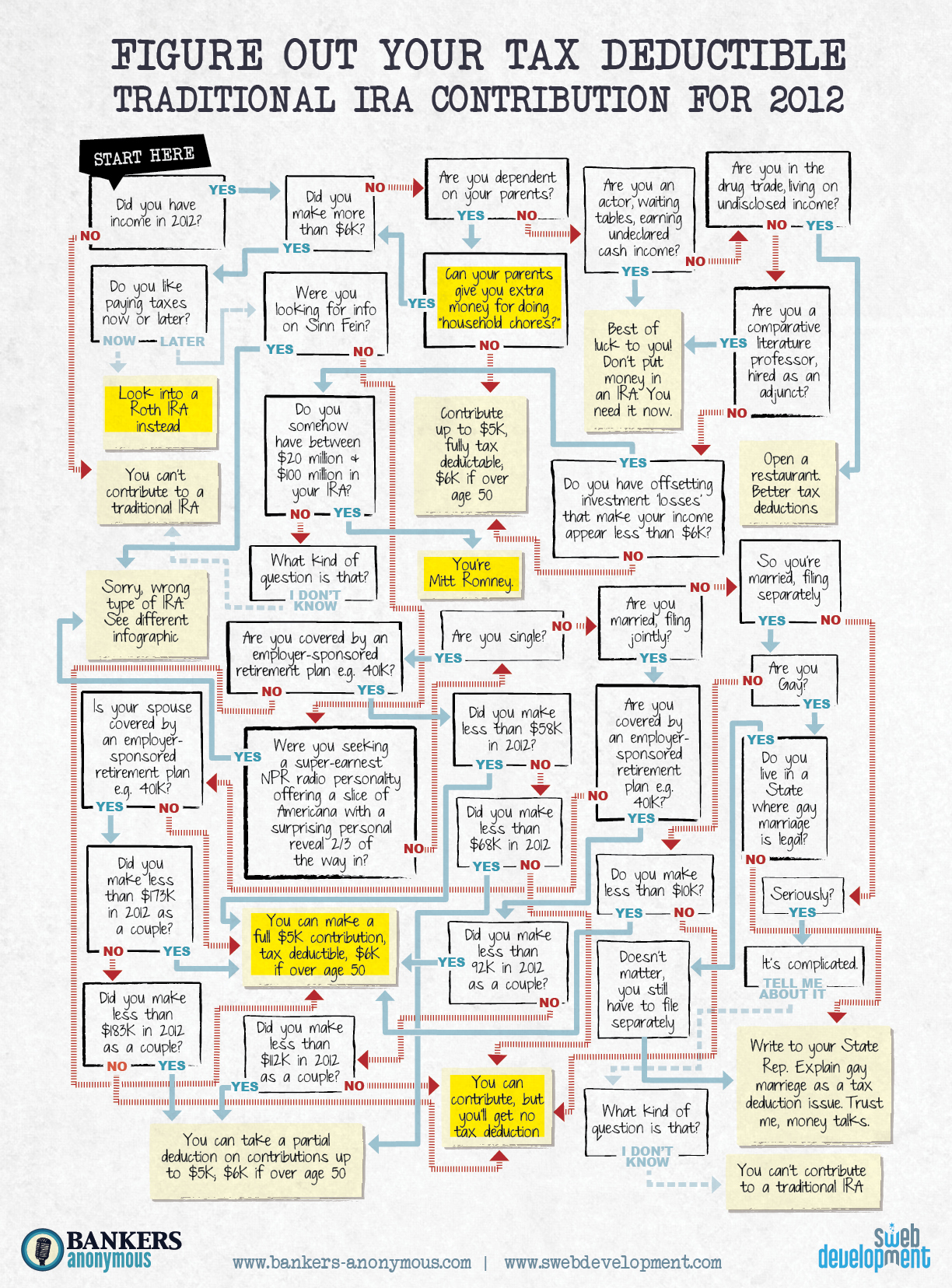If you are retiring soon, don’t expect the Social Security Administration (SSA) to give you the best advice on how to start collecting your benefits. In fact, they have been known to give out poor advice. I recently heard a story of the SSA sending a letter to a 65 year old, who was not currently collecting social security, which said something to the effect of the following:
“Did you know you could have taken social security at the age of 62? We are offering a lump sum to you for the three years of payments you have missed.”
On the surface it seems great – It sounds like free money. But as you continue to read the letter, you learn that future benefits going forward would be based on if the individual were 62 (about a third less than if the person waited until their full retirement age).
The SSA is doing this to lower their obligations and many individuals will take the SSA up on their offer, only to realize that it was a mistake.
Here are few strategies to help you maximize your social security benefits, but please consult with your financial advisor before you make any decisions. This is a complicated situation that you should not try to navigate on your own.
1) Instead of looking at maximizing the monthly benefit, look to maximize the total benefit over your lifetime and your spouse’s lifetime. This will help you compare the different options you will develop and determine which one will be best for your situation.
2) To do this you’ll need to approximate how long you and your spouse will live. SSA’s calculator can help link to article. But use your own intuition – if your family has a history of living longer, then factor that into your thinking.
3) Calculate the total benefits using a few different scenarios: Both collect at age 62, both collect at full retirement age (FRA), and both collect at 70, are the easiest to calculate. Hybrid options become more difficult and can best be described as follows: The lower earner collects his or her own reduced benefits at age 62, and unreduced spousal benefits at FRA, while the higher earner collects at age 70. In order for this to work, the higher earner must file and suspend at FRA. There are limitations to this example, so be sure to consult with a financial advisor.
4) With numbers in hand, you can compare the options. Look at total benefits and the breakout between husband and wife. You may realize that between two options with similar total benefits, one is better if there is an early death or one lives until 100. That will be the hardest part as you will see that the longevity assumptions are very important to consider.
It may be wise to enlist the support of a financial advisor who can help in putting together these strategies and determining which one is most appropriate. We have recently started using a third-party program that illustrates this clearly for our clients. Email us and we can help run some of the numbers for you.
